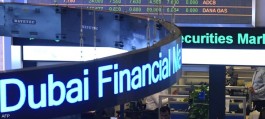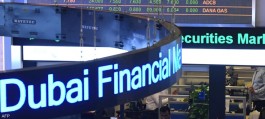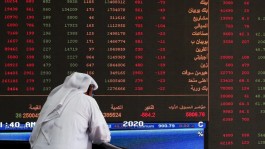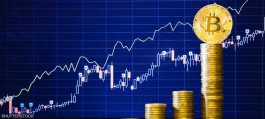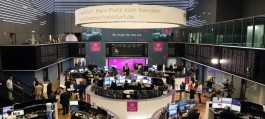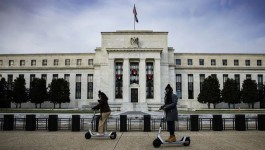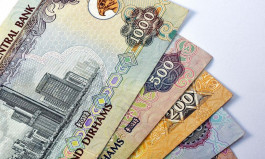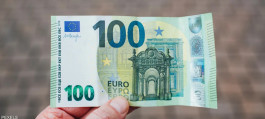The euro fell in the European market on Tuesday against a basket of global currencies, to continue its losses for the second day in a row against the US dollar, due to the economic weakness in Europe, and the receding possibilities of the European Central Bank continuing the path of monetary tightening and raising interest rates.
The US currency is approaching its peak levels in four weeks, with a series of hawkish comments from Federal Reserve officials, which reinforce the prospects for an additional increase in federal interest rates.
Euro exchange rate today
The euro fell against the dollar by 0.25% to $1.0977, from the opening price of trading at $1.1002, and recorded the highest level today at $1.1005.
On Monday, the euro lost less than 0.1% against the dollar, to resume its losses, which stopped for two days, as part of recovery operations from a four-week low of $1.0912.
Economic vulnerability
In the latest indicators of economic weakness in Europe, data showed yesterday that German industrial production contracted more than expected in June, indicating a slowdown in industrial activities in the largest economy in the eurozone.
German Industrial Production contracted by 1.5% in June, beating expectations for a 0.4% contraction, and production contracted by 0.1% in May.
Analysts at ANZ Bank said in a note, Weak economic data in Europe adds further confirmation that tighter monetary conditions are actually doing what they say they are.
Economists at Commerzbank believe that the period of economic weakness in the euro area reduces the chances of the European Central Bank continuing on the path of monetary tightening and raising interest rates.
U.S. dollar
The dollar index rose on Tuesday by 0.3%, to extend its gains for the second consecutive session, about to reach the highest level in four weeks at 102.84 points, reflecting the continued rise of the US currency levels against a basket of major and minor currencies.
Fed Governing Councilwoman Michelle Bowman said more rate hikes will be needed, and we should remain prepared to raise interest rates at any future meeting if data shows that the progression of slowing inflation has stalled.
New York Fed President John Williams said that monetary policy should remain constrained for some time in the United States, and if inflation continues to slow, there may be a cut in interest rates next year.
This week, investors are awaiting the release of key inflation data in the United States in July, which provides more clues about the future of interest rates for the Federal Reserve.
